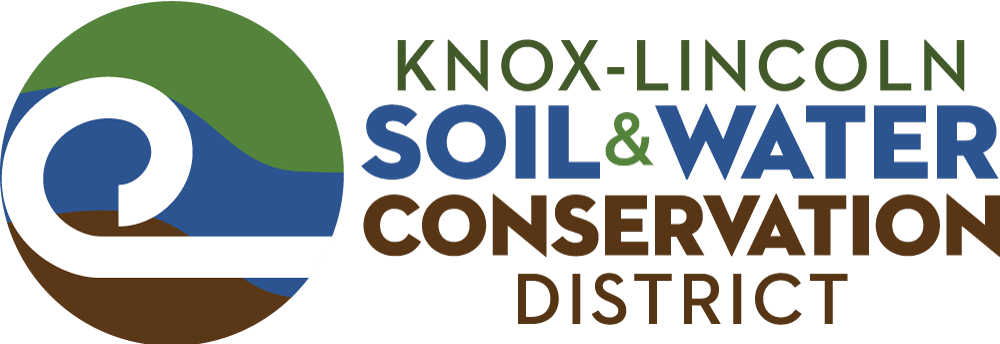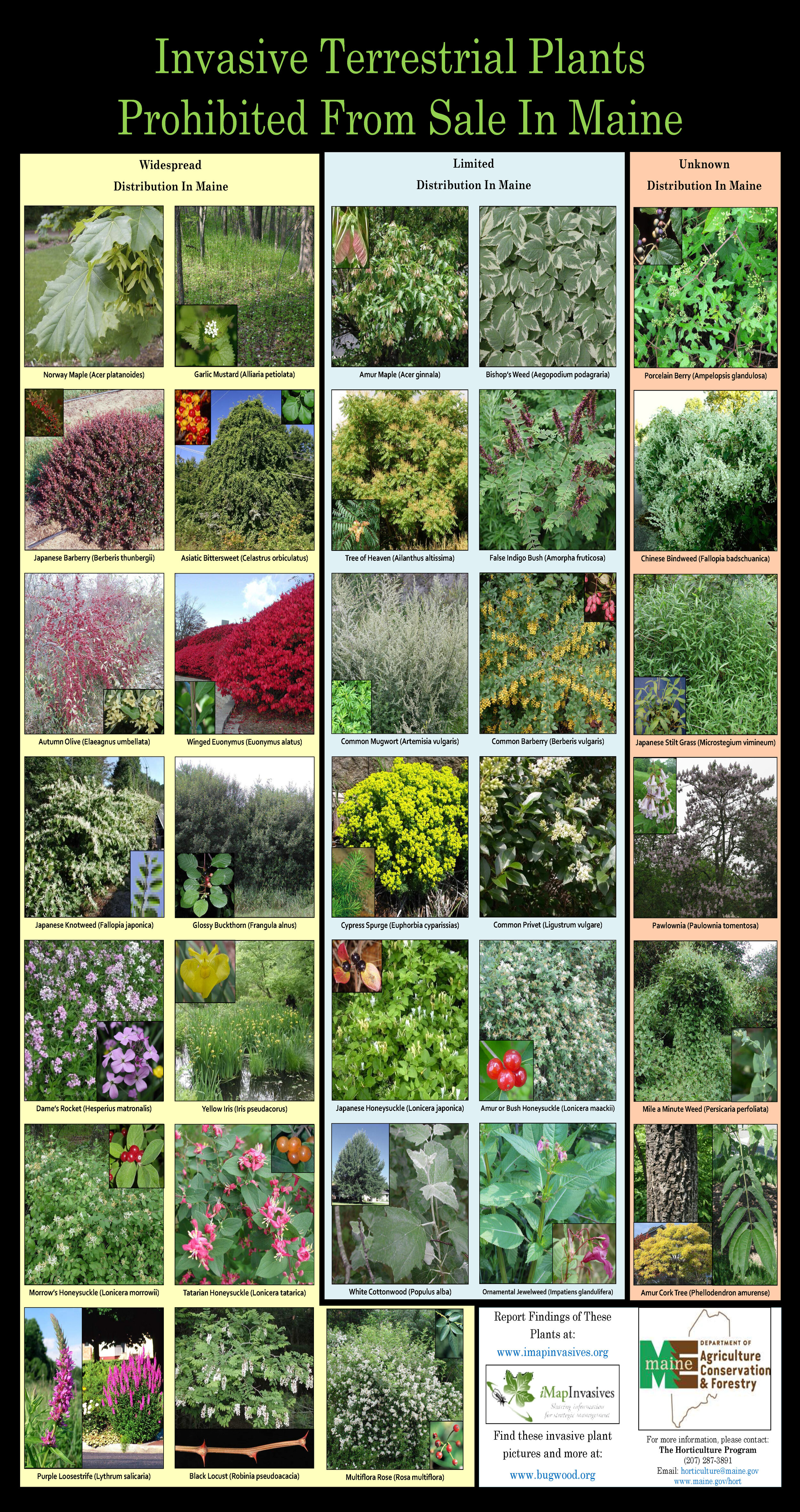
Invasive Plants


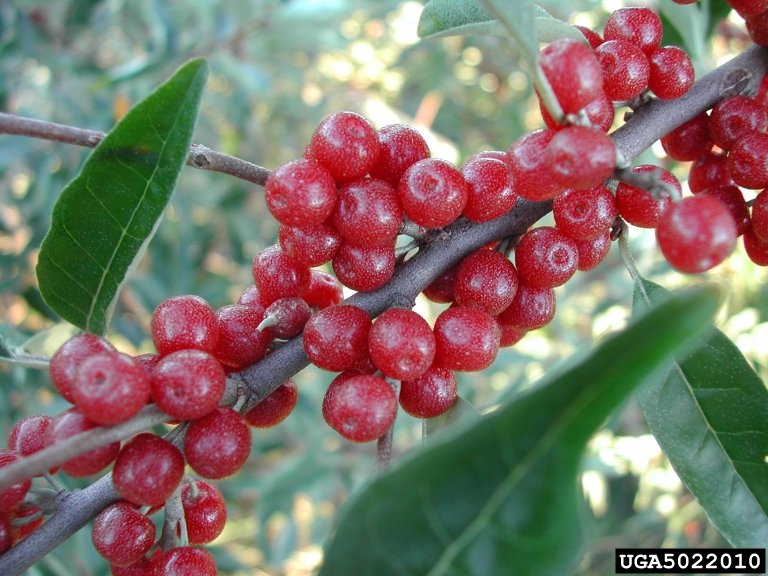

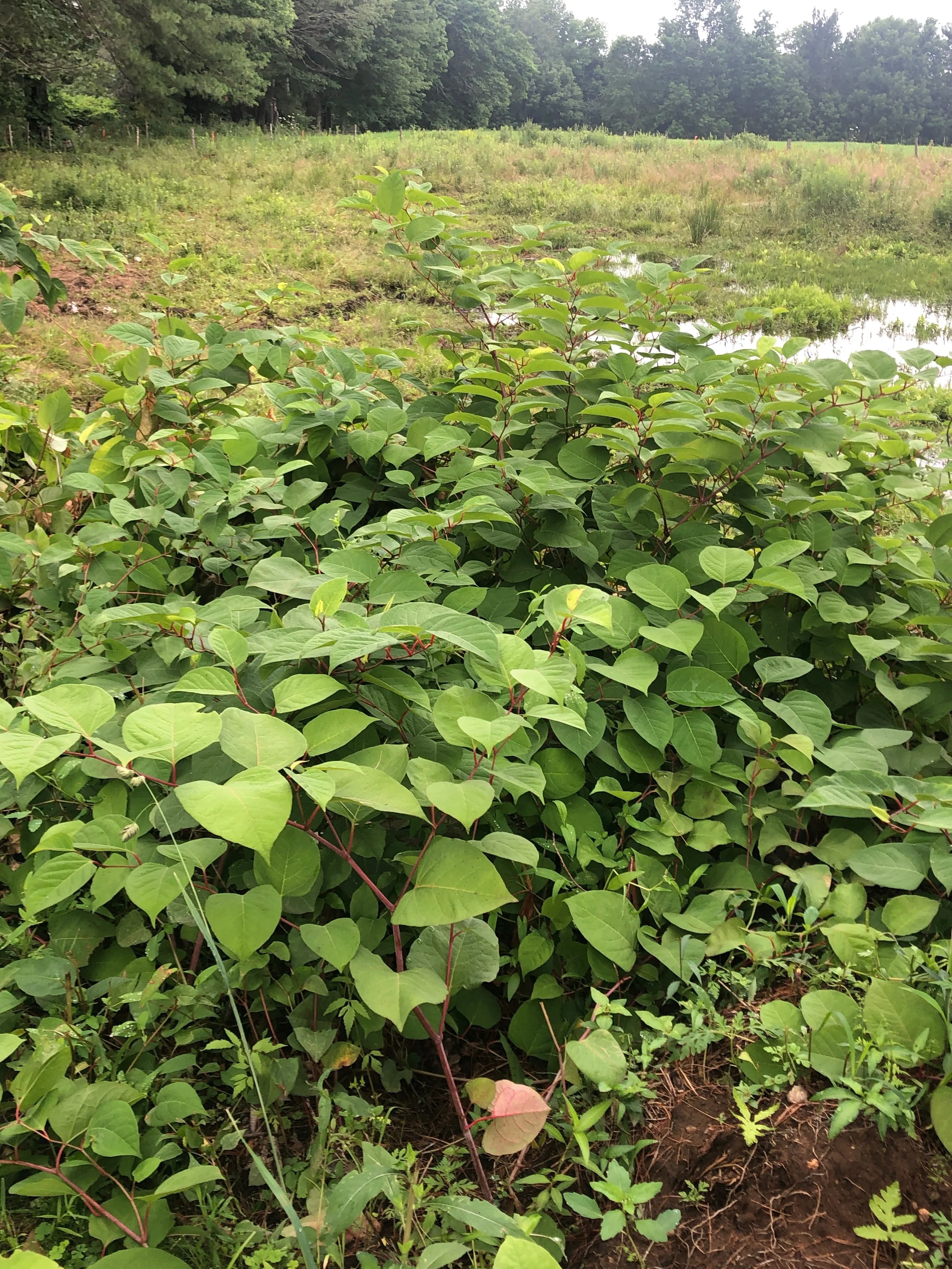

What is an Invasive Plant?
What you can do?
What is the impact of invasive plants?
An invasive plant is defined as a plant species that is not native to the Maine ecosystem, whose introduction does or is likely to cause economic or environmental harm or harm to human health. Invasive species often lack natural predators, diseases, and other pathogens that keep them in check in their native habitats. They have competitive adaptations; for example, invasive plants benefit from early leaf-out, aggressive reproductive strategies, and efficient dispersal methods.
The Knox-Lincoln SWCD provides landowners with information and technical assistance in the identification and management of invasive plants.
Let the District Help You With the Invasive Plants on Your Property
Are you a landowner in Knox or Lincoln County that is looking for assistance in identifying invasive terrestrial plant species and developing a management plan to address those found? The Knox-Lincoln SWCD can be of assistance to you!
District staff have conducted surveys and developed management plans for 25+ properties ranging in size from less than 10 to 100+ acres. Our staff are skilled in invasive plant identification, survey methods, recommendation of treatment/management options. We can customize our services to meet your needs and budget.
Contact us at either 207-596-2040 or by email to find out more about District services and how we can assist you with the stewardship of your property.
Additional action items include:
Get educated - Using the resources on this page, become familiar with the species native, not native and invasive in the types of natural areas you enjoy.
Early Detection, Rapid Response (EDRR) - Become familiar with the species native, not native and invasive in the types of natural areas you enjoy. If you recognize an invasive species in that area, contact whoever it is that manages that area (land trust, state, private individual) and let them know.
Purchase and plant only non-invasive species in your home garden.
Encourage your local garden center to carry native and non-invasive plants.
Inspect and wash your boat when leaving a lake/pond.
Do not move firewood from one area of the state to another.
Contact your legislator and tell her or him that you are concerned about the threat to Maine's native landscapes by invasive species.
Invasive plants have the potential to suppress tree recruitment and growth in forests, crowd out beneficial native plants, reduce wildlife habitat quality, and generally be a nuisance during property maintenance. In addition to out-competing our native trees, shrubs and wildflowers, nonnative invasives can create monoculture stands devoid of biodiversity. They can overtake productive farmland and forests. Some nonnative invasive plants, such as black locust, even change the local soil chemistry, further altering their surroundings. Japanese barberry provides a refuge for disease-carrying ticks. A chemical compound found in the leaves, fruit and bark of invasive buckthorn is toxic to amphibian embryos, disrupting the development of eggs in vernal pools. In short, invasive plants can cause tremendous damage and put our native ecosystems at risk.
T
Invasive Terrestrial & Aquatic Plant Resources
Online
Maine’s Most Unwanted Aquatic Invasive Plants Poster
Maine Field Guide to Invasive Aquatic Plants
Maine Natural Areas Program (MNAP) https://www.maine.gov/dacf/mnap/features/invasive_plants/invasives.html
Fact sheets with links to management options www.maine.gov/dacf/mnap/features/invasive_plants/invsheets.html
Map invasive plants www.maine.gov/dacf/mnap/features/invasive_plants/imap.htm
Maine Invasive Species Network www.umaine.edu/invasivespecies/
Invasive Plant Atlas of New England (IPANE - maps showing distribution of invasive plants in New England) www.eddmaps.org/ipane/
Massachusetts Invasive Plant Advisory Group (MIPAG) http://www.massnrc.org/mipag/
Species ID cards http://vitalsignsme.org/species-identification-resources
Giant Hogweed ID: http://www.maine.gov/dacf/php/horticulture/hogweedlookalikes.shtml
Books
Highly Recommended
Tallamy, Douglas. 2007. Bringing nature home. Timber Press
Tallamy, Douglas. 2020. Nature’s best hope. Timber Press
Invasive plants to avoid
Maine Natural Areas Program. 2019. Maine Invasive Plants Field Guide
Uva, Richard et al. 1997. Weeds of the northeast. Comstock Books.
Native plants to use
Cullina, William. Various. Native trees, shrubs, and vines; Wildflowers; Native ferns, moss, and grasses.
Hightshoe, Gary. 1987. Native trees, shrubs, and vines for rural and urban America. Wiley.
Leopold, Donald. 2005. Native plants of the northeast. Timber Press.
Other publications
Field Guide to Invasive Terrestrial Plants (WI DNR) PDF
Mistaken Identity: Invasive Plants & Native Look Alikes PDF
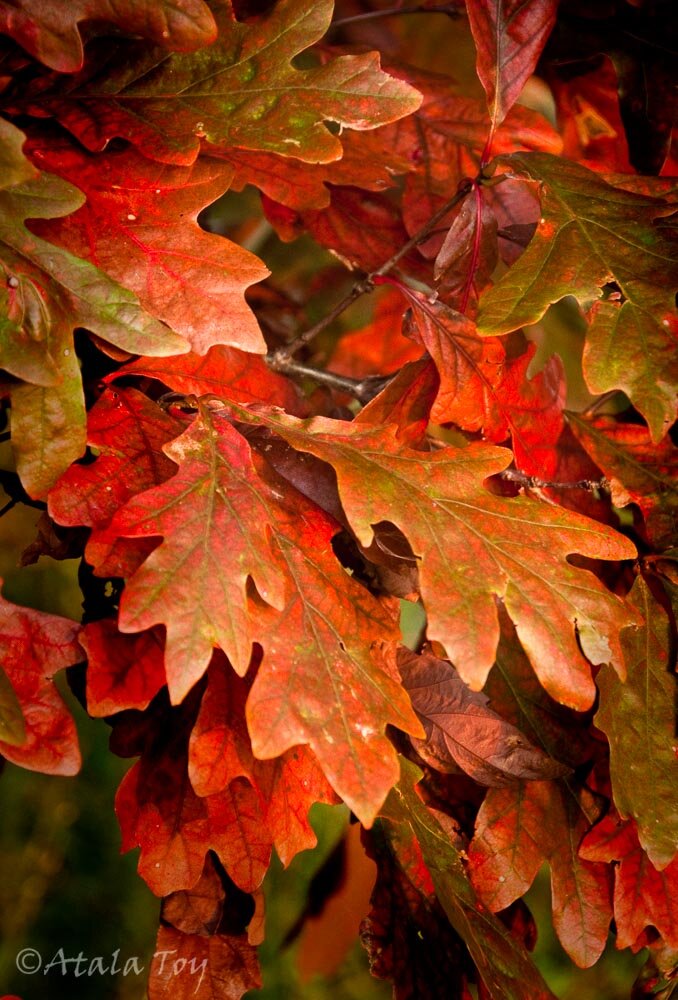
This material is made possible through a grant from the Maine Department of Agriculture, Conservation & Forestry and is funded in part by a Cooperative Agreement from the United States Department of Agriculture Animal and Plant Health Inspection Service (APHIS). The USDA and DACF are equal opportunity providers and employers.
